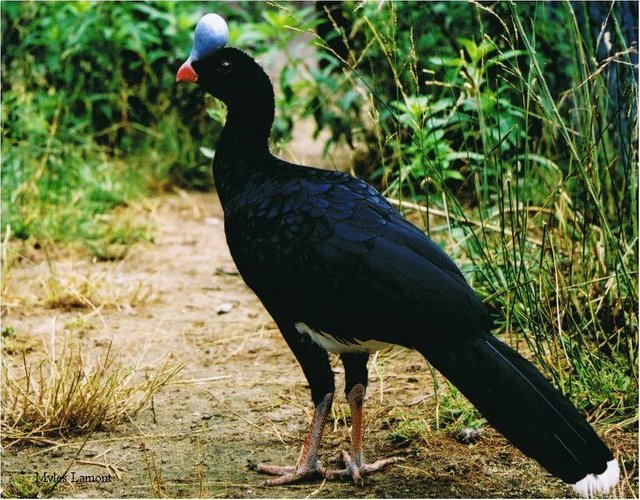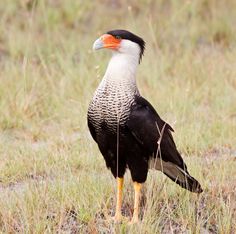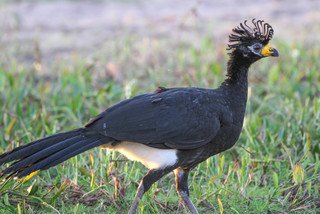A Major Red List Category Wildlife: Alagoas curassow
The Alagoas curassow is an extinct wildlife since 1988. It is known as mitu mitu. German naturalist Georg Marcgrave first identified and mentioned the Alagoas curassow in 1648 in its familiar range. Subsequently, the origin and equity of the bird began to be questioned due to the lack of specimens. An adult female Curassow was rediscovered in 1951, in the coastal forests of Alagoas. The Mitu mitu was then accepted as a separate species of Silveira. At that time less than 60 birds were left in the wild. Several authors in the 1970s brought to light the increasng destruction of its habitat and the scarcity of the species. Even with these concerns, the last large forest leaving parts which contained native Mitu mitu were demolished for sugarcane agriculture.

The Alagoas curassow (Mitu mitu) is considered as a glossy-black, pheasant-like bird. In the past it was only found in forests in Northeastern Brazil in what is now the states of Pernambuco and Alagoas and this is the origin of its common name Harry. It is now extinct in the wild; there are about 130 individuals in confinement.

The entire Mitu mitu population has been in captivity since 1977. Mitu mitu common habitat is subtropical/tropical moist low lying land primary forest, where it was known to consume fruit of Phyllanthus, Eugeniaand "mangabeira.
Due to their scarcity in the wild and lack of study previously conducted on these cracids before their extinction in the wild, not much is known about their breeding habits outside of confinement.As this species of bird is extinct in the wild, the total population of 130 birds only persists in two individual captive populations. As conservative efforts a reintroduction plan is being organized, though it faces challenges.

As there is a huge lack of knowledge about their behavior in the wild makes it complicated to know how the birds interact with other species. The outcome of their introduction on interactions with other species is quite complicated to predict .As for example, the Chamek spider monkey also eats Clarisia racemosa, which could lead to competition with the Alagoas curassow. A lack of genetic diversity is another severe concern. Scientists are controlling the sexual interactions within the species by pairing certain birds together in order to reduce hybridization and maintain the original Alagoas curassow.
The future of the species ,With the objective to preserve the species and to increase genetic convertibility in the population, the "original" stock had their DNA examined by scientists in order to guide future pairings.And Once they had been successful in creating captive population.They are also trying to start being reintroduced back into the wild.
Save Animals, Save Our World
Photo credit Google